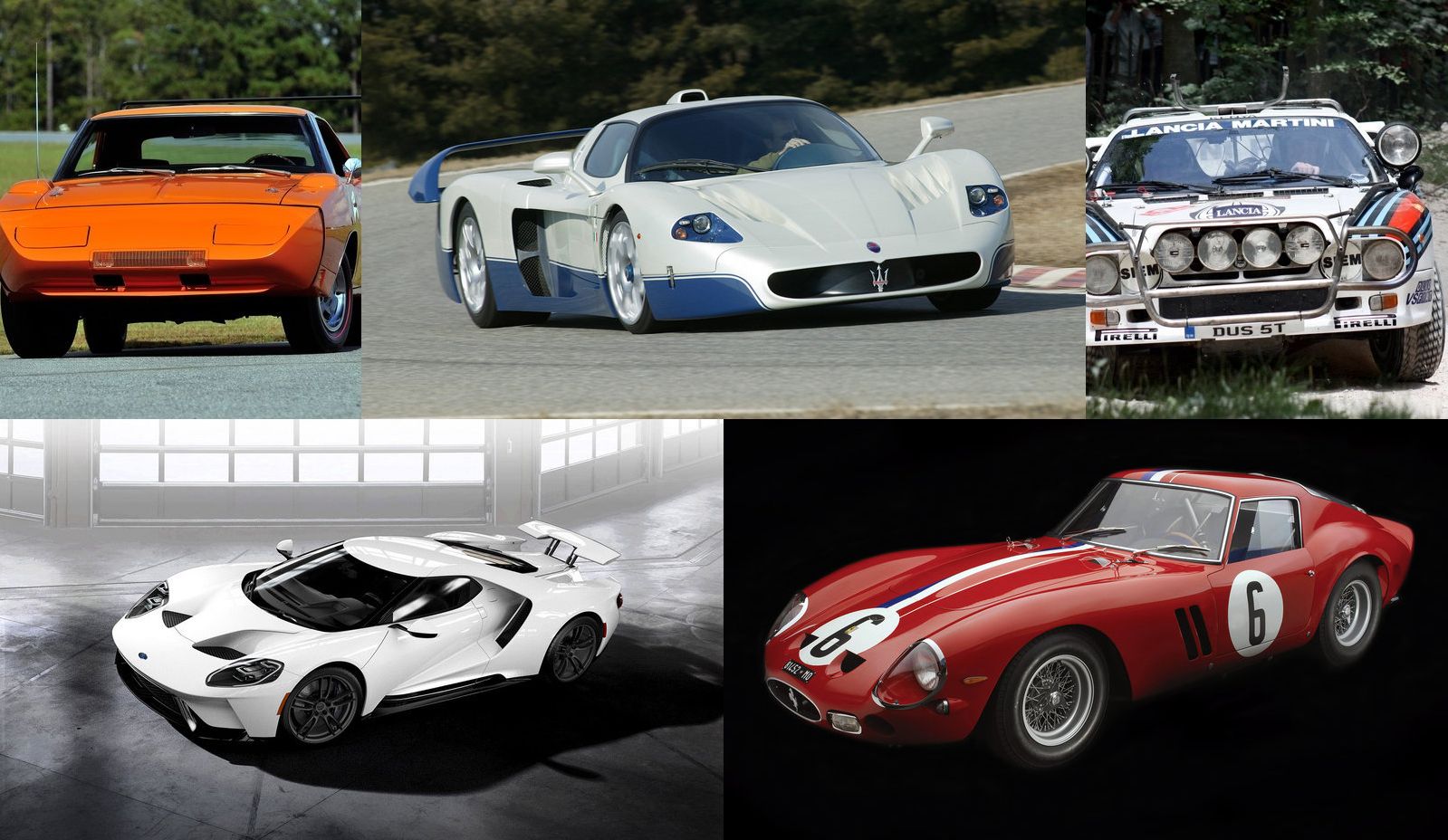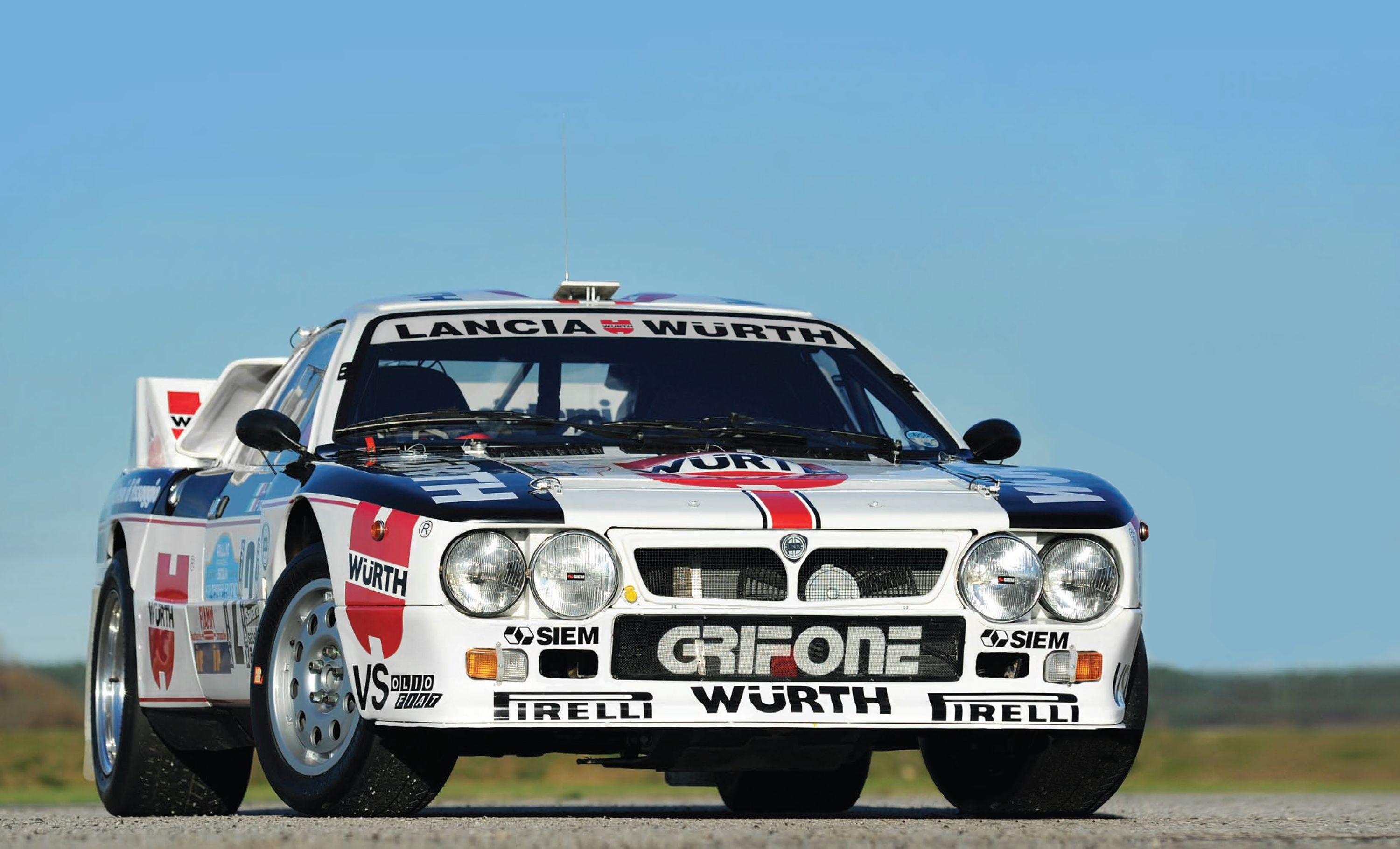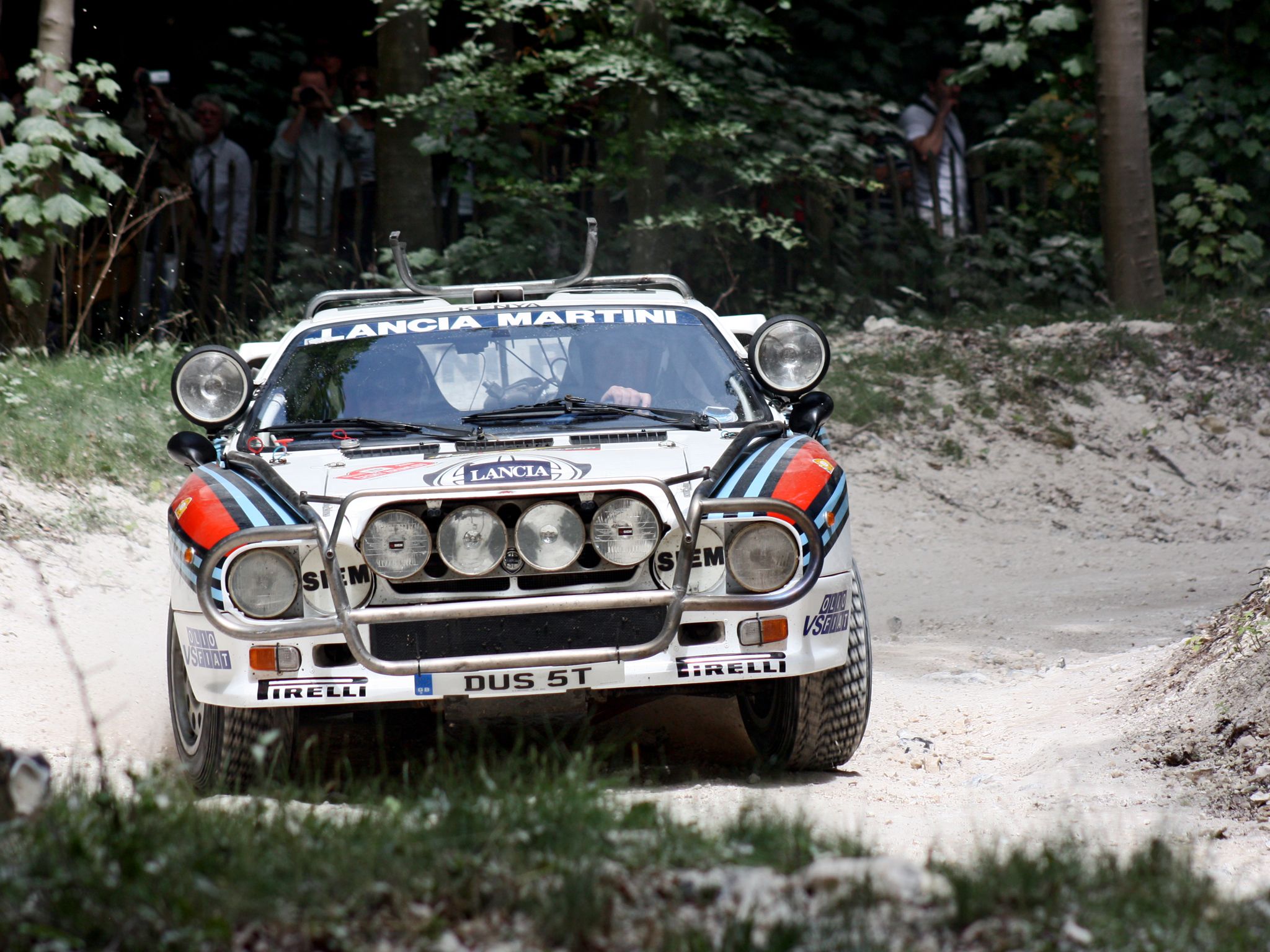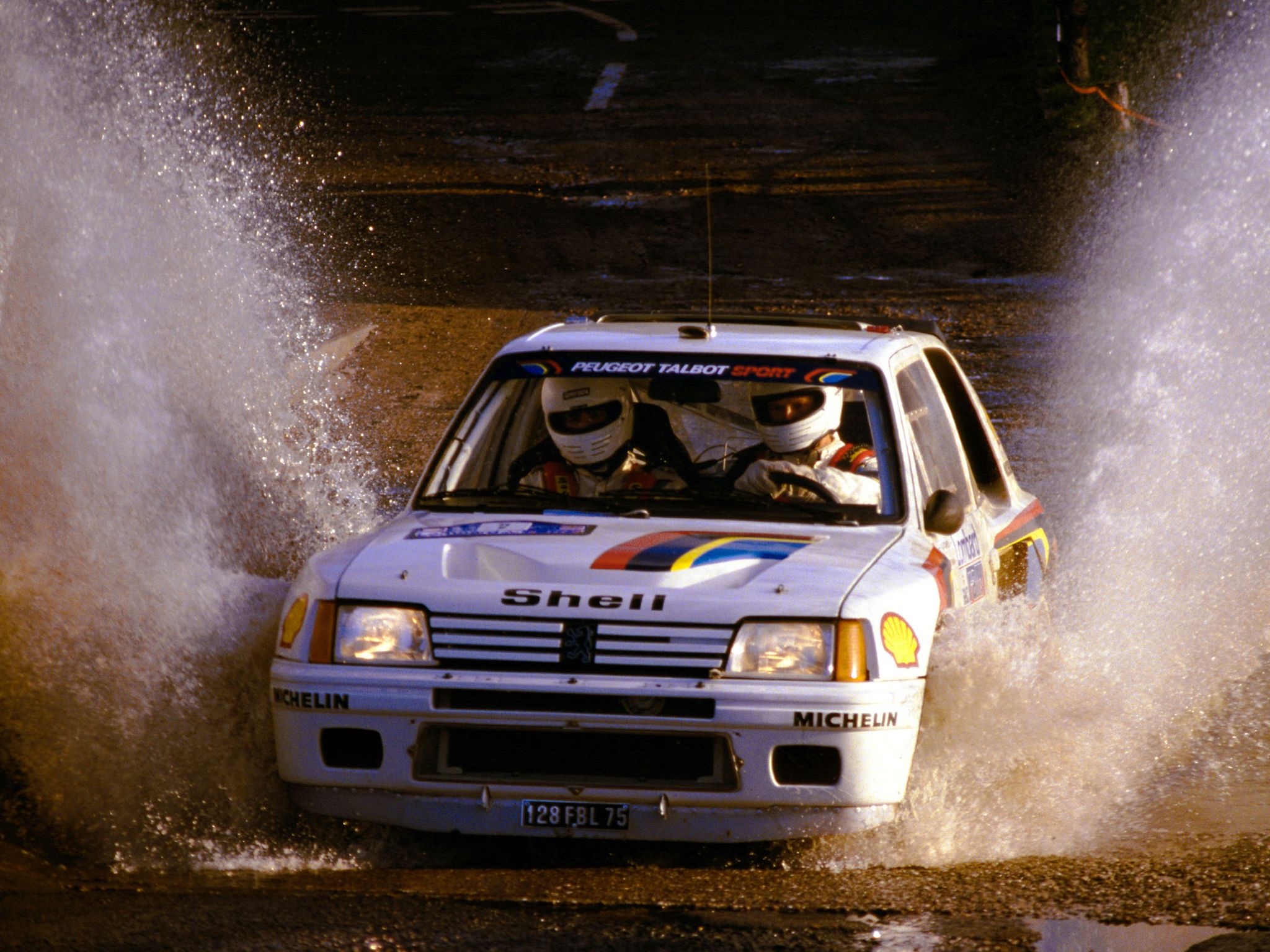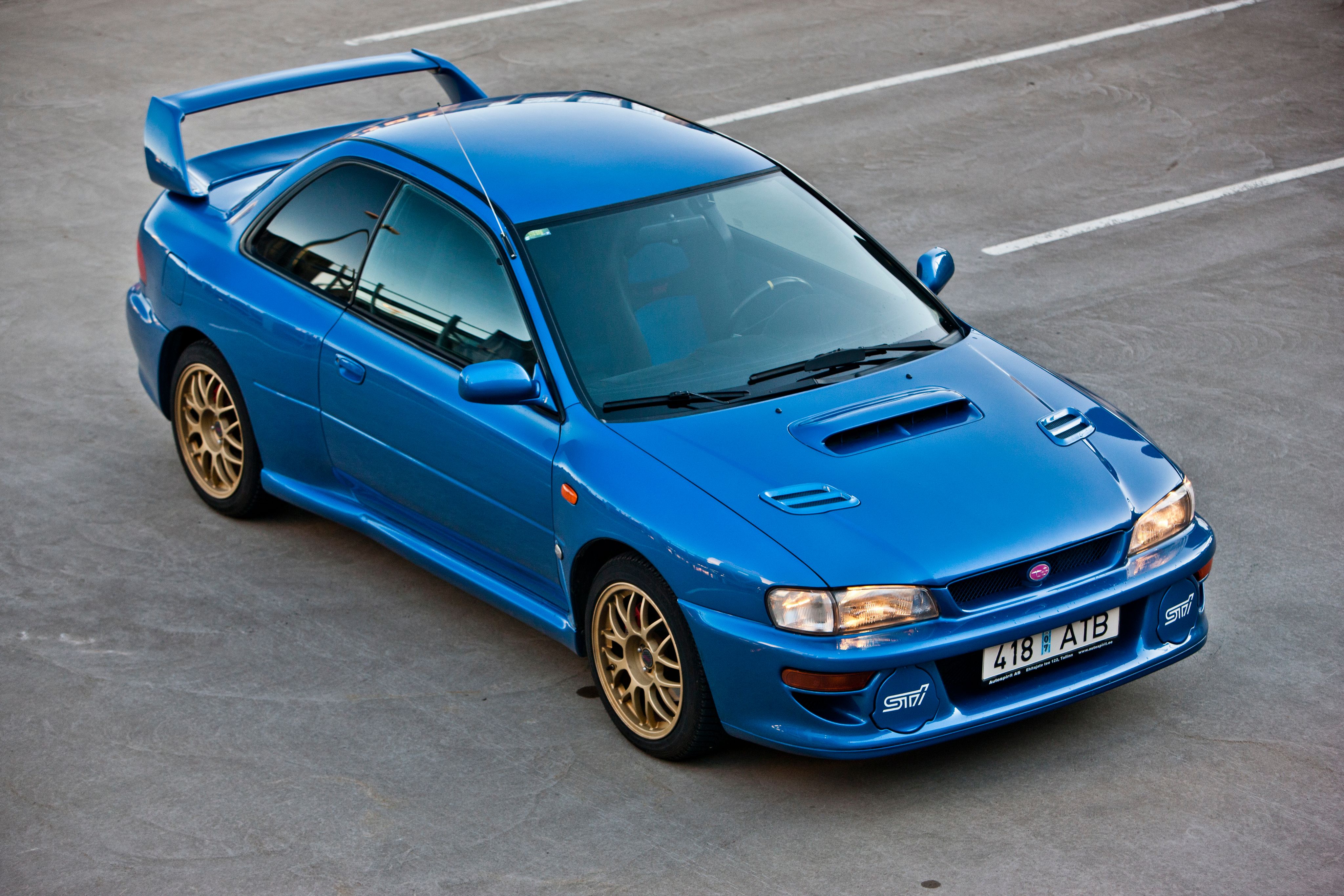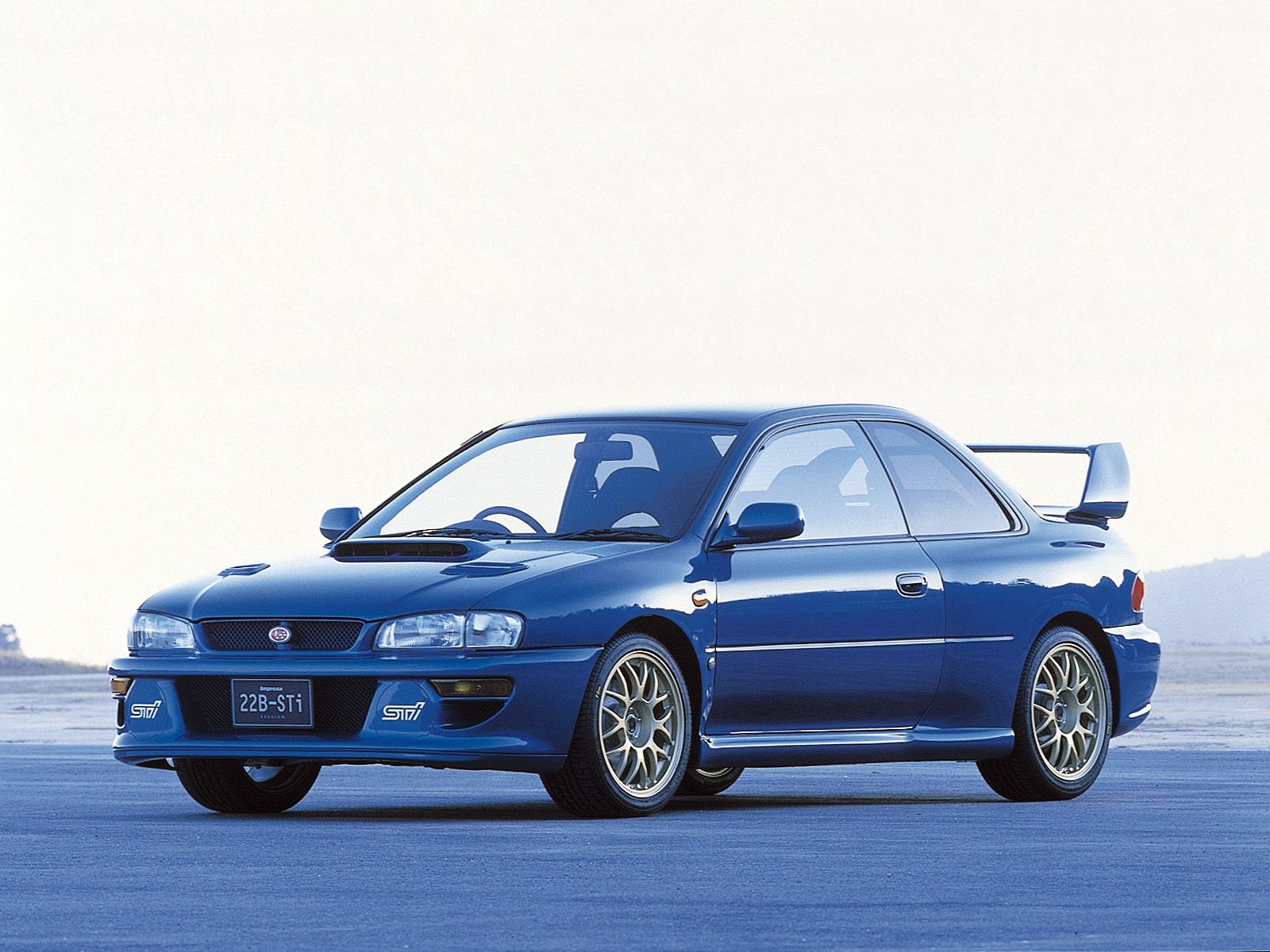Racing is just frickin’ awesome, amirite? Pushing the limits of what’s possible with four wheels and an engine, testing the skill and bravery and those who sit behind the wheel, proving who’s the best and who’s the rest… these are the things that make motorsport so incredible. But there’s another wrinkle to add to the mix – sometimes, when the stars align just so, the world of racing spits out a machine born on the track, but ready for the road. We call these beasts homologation specials, and they’re some of the most exciting, uncompromised, and downright drool-worthy automobiles on the planet. As such, we’ve compiled 10 of the best right here for your reading pleasure.
We’ve tried our best to include a broad variety of vehicles, including muscle cars, supercars, and rally cars, with a mixture of European, Japanese, and American manufacturers all present and accounted for. Each offers its own take on what it means to go fast, whether it’s big downforce, big power, or sideways hoonery. Maybe it’s all three. Of course, picking a favorite is tough in this crowd, but forced to choose, which of these homologation specials is right for you? Let us know in the comments so we can join in on the fantasy.
Continue reading to learn more about TopSpeed’s Top 10 Race Car Homolgation Specials.
1969 Dodge Charger Daytona
If you happen to be a fan of high-horsepower American iron, the late ‘60s were a helluva time to be alive. Known as the “Golden Era” for muscle cars, the list of tire-burning icons is long and impressive, with standouts including this – the 1969 Dodge Charger Daytona.
Easily recognizable thanks to its outrageous aero modifications, or more specifically, the two-foot wing attached to the trunk, the Daytona brought high-bank goodness directly to the people. For example, the reason that uber-tall wing reaches so high is to create additional downforce from the “clean air” flowing above the roofline, offering unparalleled stability, even when traveling at high rates of speed. Then there’s that wedge-like nose, which helps the Daytona slice through the air with a 0.28 coefficient of drag – a number that was hugely impressive for its time, and is still a decent figure today.
Regardless of opinions on aesthetics, the Daytona’s aero worked, helping it win its very first race outright and collecting a further five wins between 1969 and 1970. What’s more, in 1970, Buddy Baker became the first driver in NASCAR history to break the 200-mph mark, consequently solidifying the Daytona’s spot in the history books.
Most Daytonas came equipped with a 440 Magnum V-8 under hood, while the rest got a 426 Hemi. Both automatic and manual transmissions were on offer. Only 503 were built, making any original put up for sale at auction quite the hot ticket item. If you find one in good enough condition, expect to shell out around $200,000 (although it should be mentioned Mecum put one under the hammer for a whopping $900,000 back in 2015).
Read the full review here.
Ferrari 250 GTO
Speaking of absurd price tags, check this out – the Ferrari 250 GTO, otherwise known as the most expensive car ever to sell at public auction. Back in 2014, a ’62 Berlinetta went for a jaw-dropping $38.12 million at the Bonhams Quail Lodge auction in Carmel, California. And if you think that’s outlandish, a year prior, collector Paul Pappalardo reportedly sold one to a private party for $52 million.
Why so preposterously pricey? Well, for starters, the GTO is simply gorgeous, with stunning proportions, velvety body panels, and the kind of lines that makes you question whether or not you really do need all those organs. It’s essentially a perfect storm of desirability, combining rarity (just 39 units in total were produced), V-12 power (mounted in the nose is a 3.0-liter Tipo 168 12-cylinder making 300 horsepower, while a 4.0-liter V-12 unit was used later on), a manual transmission (a five-speed dogleg gearbox, to be exact), and early ‘60s heritage.
Production ran between 1962 and 1964, with Ferrari creating the street car for homologation in the FIA Group 3 Grand Touring Car series. Rivals at the time included such heavy hitters as the Aston Martin DP214, Jaguar E-Type, and Shelby Cobra. Based on the 250 GT SWB chassis, the 250 GTO was updated using a new frame structure and geometry, thus cutting weight and upping torsional rigidity. A-arm suspension was used in front, while a live axle and Watt’s linkage was used in the rear. Disc brakes slow it down.
Flat out, the GTO could hit 174 mph in the top end, with the 0-to-60 mph sprint done in 5.4 seconds.
Read the full review here.
Ford GT
Good things happen when automakers accurately recall past motorsport success. The Ford GT is one good example. This angular speed slab pays homage to the Ferrari-beating Ford GT40 that took the fight to Europe in the mid ‘60s, with Ford offering the first-gen model between 2004 and 2006. Power comes from a rear-/mid-mounted 5.4-liter V-8, which is supercharged to produce 550 horsepower and 500 pound-feet of torque at the rear axle. Routing the power is a six-speed manual gearbox. All told, the first Ford GT can hit 60 mph in 3.5 seconds, while topping out at 205 mph. Roughly 4,000 were produced, each carrying an MSRP of $139,995 per unit (although the first batch to roll off the assembly line went for as much as $240,000 due to high demand).
About a decade later, Ford resurrected the GT at the 2015 Detroit Auto Show, marking half a century since the original 1-2-3 finish for the Blue Oval at the 1966 24 Hours of Le Mans. The second-gen is totally new, and homologated for competition in a variety of GT series. The new chassis is replete with modern go-faster tech. Under the active aero is a carbon fiber monocoque, which is bolted to aluminum subframes. The body panels are also carbon fiber, while the windshield is made from the same type of glass used on your smartphone, all of which helps the second-gen GT achieve a curb weight of 3,054 pounds. Managing the heft is a motorsport-derived pushrod suspension.
However, the biggest update has to be the engine. Ford replaced the traditional V-8 with a twin turbo V-6, and although displacement and cylinder count is down, output is up, with as much as 647 horsepower and 550 pound-feet of torque pumped out through a seven-speed dual clutch gearbox.
Read the full review here.
Lancia Rally 037
With the rising popularity of rally-bred models like the Subaru WRX and Ford Focus RS, it’s important to go back and remember where it all came from. And while the Lancia Rally 037 wasn’t necessarily the first of such models, it was without a doubt one of the best. The race-ready iteration only took a single title in the World Rally Championship, rising to the top in 1983. However, that achievement was against the Audi Quattro, essentially the prototypical rally machine that laid the groundwork for modern machines like the previously mentioned Subaru and Ford.
So why isn’t there an Audi in this spot instead? Because Lancia beat Audi’s AWD monster back in ’83 with a rear-/mid-engine, RWD drivetrain layout, taking victory after a series of absolutely legendary back-and-forth battles and becoming the final RWD vehicle to ever win a WRC manufacturer’s championship. What’s more, the street-legal version isn’t far off from the racer, offering breathtaking performance for any customer lucky enough to find one in their garage.
The bodywork is all lightweight Kevlar-reinforced fiberglass, which helps cut curb weight down to 2,579 pounds. The interior is spartan and purposeful, while behind the cabin is a blown 2.0-liter inline four-cylinder producing over 200 horsepower. Find a nice example at auction, and expect to pay a pretty penny – around $250,000 isn’t out of the question.
Read the full review here.
Maserati MC12
For a time, Maserati was all about racing, but in 1957, the brand took a break from the demands of factory-supported competition, finally resuming the practice in 2004. Not long afterwards, the Trident badge gave us this – the MC12, considered the only modern supercar to bear the Maserati name.
Offered as a homologation special for the FIA GT-spec series, the MC12 rides on the same chassis as the venerable Ferrari Enzo, but bears different lightweight composite body panels, with a long, down-turned front end, an ultra-wide and ultra-low stance, and an extended wing across the rear. In addition to being quite nice to look at, the configuration is also very much a functional piece of design, offering lots of stick at speed. Exterior colors were limited to a white-and-blue livery finish.
Inside, things are simple, but not totally stripped-down. The steering wheel has a flat top made from carbon and gets large hand bolsters at the 10 and 2, while leather upholstery covers the lower section of the wheel, seats, and the dash. Maserati, however, did decline to include a sound system.
But that’s okay, because mounted behind the cabin is a 6.0-liter V-12 singing an Italian serenade. It’s the same lump you get in the Enzo, although in the MC12, it produces a slightly detuned 624 horsepower and 481 pound-feet of torque. The run to 60 mph takes just 3.5 seconds, while top speed clocks in at 205 mph. Furthermore, Maserati also offered a customer racing iteration of the MC12 called the Corsa, which was essentially a GT1-spec race car. Pricing, if you happen to find one at auction, is typically in excess of seven figures.
Read the full review here.
Mercedes-Benz CLK GTR
Here’s another incredible racer for the road, courtesy of the good folks from Mercedes. Back in the ‘90s, Merc was keen on exhibiting its performance chops in the FIA GT Championship, and thus built the CLK GTR from the ground up as a true-blue competition machine, only applying street concessions after the fact. As a result, the CLK GTR saw a good deal of success on the track, and was followed by the CLK LM, a modified variant slated for the 24 Hours of Le Mans.
The road car, as you can see, is a bold interpretation of what it means to be “street legal.” Outside is a carbon fiber body complete with the huge flares indicative of a GT car. Interestingly, the bodywork was developed during secret tests Mercedes performed on a McLaren F1 GTR, all in the name of being the faster of the two.
Making it go is a rear-/mid-mounted 6.9-liter V-12, creating as much as 604 horsepower and 572 pound-feet of torque at the rear wheels through a six-speed sequential manual gearbox. Acceleration to 62 mph takes just 3.8 seconds, with top speed rated at 214 mph.
The chassis is a carbon fiber and aluminum honeycomb monocoque, weighing in at 3,175 pounds. A double wishbone suspension set-up keeps it rubber side down. Inside, the CLK GTR is still decently comfortable, although getting in and out it is a bit tricky. Nevertheless, passengers that manage to crawl into the cockpit still get A/C, a stereo, and leather upholstery, while drivers retain control thanks to the addition of traction control.
Even though the GT1 class got the axe in 1999, Mercedes was still on the hook for producing the remaining batch of CLK GTR street cars. In total, just 35 were produced, and when it went on sale, pricing was set at a whopping $1.57 million, earning the CLK GTR a spot in the Guinness Book of World Records as the most expensive production car ever built.
Read the full review here.
Mitsubishi Pajero Evolution
Even hardcore Mitsubishi fans might not know about this one. Say hello to the other Evo, and yep, this one is an SUV. The Pajero Evolution was introduced in October of 1997 to tackle the infamous Dakar Rally, and if you know anything about the Dakar, then you’ll know that it’s one of the longest and most brutal motorsport events in the world, pitting man and machine against some of the roughest conditions Mother Nature can muster.
As such, this homologation special gets all the proper off-roader gear you’d expect. Output is rated at 276 horsepower and 357 pound-feet of torque from a 3.5-liter V-6, although considering the way Japanese manufacturers handled power caps in the ‘90s, the Pajero could very well be making a good deal more. Upgrades include a new dual plenum variable intake, as well as new differentials to send the power to the ground.
Outside you’ll find skidplates and a widebody kit, with panels slathered in Passion Red, Satellite Silver, or Sofia White. In front is an aluminum hood with giant intake nostrils, while in the corners are wider wheels and tires. The cabin is equipped with well-bolstered sport seats from Recaro, which are covered in cloth upholstery and complemented by a leather-wrapped steering wheel. New suspension components and rear multi-link independent suspension help it handle. In total, 2,500 street iterations were created.
Basically, the Pajero Evolution was designed to be quick over any kind of terrain, as evidenced by Mitsu’s overall win at Dakar in 1998, not to mention the 14 other victories it accumulated at the event over the years.
Peugeot 205 T16
Like the Lancia 037, the Peugeot 205 is another WRC homologation special, once again hailing from the insanity of the Group B era of rally racing. As technological advances created faster and faster gravel-churners, Peugeot responded with this – a turbocharged, mid-engine, AWD tube-frame super box. The 205 T16’s competition iteration accumulated a long list of WRC victories throughout the mid-’80s, and as a result, the road iteration earned quite a bit of respect for itself.
Chalk it up to just how close the two are in terms of mechanical bits. Both get a transverse mid-engine, AWD drivetrain layout, with a Citroen SM gearbox on hand to send output to all four corners. The car’s name is a reference to the powerplant used, and while the turbo part is pretty self-explanatory, the “16” is less obvious (it’s the number of valves used for the head). Under the head you’ll find a cast iron block from the XU engine family. Power levels for the road-going T16 tap out at about 200 horses, roughly half that of the race car, but regardless, the street special is still very quick.
Part of that speed is down to the chassis and body. The 205 T16 uses a modified three-door shell, with the rear chopped off and replaced with a transverse firewall, combining sheet steel and tubes. There’s a tube frame in front as well. Each example was made in a left-hand-drive configuration and covered in dark grey paint, with the only exception being the first unit off the production line, which was painted white to show off the various sponsorship stickers. In total, just 200 road cars were produced.
Read the full review here.
Read the full review here.0}
No, this isn’t just some 911 with a widebody kit – this thing is pure race car, designed from the factory to take the checkered no matter what. Created for (you guessed it) the GT1 class of sports car racing in the ‘90s, the Porsche 911 GT1 was developed specifically to take on legends like the McLaren F1 and Ferrari F40, with Stuttgart adopting a similar strategy as Mercedes-Benz and the CLK GTR – build a race car and worry about making it street legal afterwards.
Outside you’ll find 911-esque bodywork, but under the skin, the GT1 is more like a 911 Frankenstein, combining the front end of the 993 and the rear end of the 962. The racer’s engine was also plucked from the 962, incorporating a twin-turbo 3.2-liter flat-six mounted mid-ship and tuned to 562 horsepower. In competition, the 911 GT1 saw a good deal of success, taking the win in its very first Le Mans outing and going on to win various races in the BPR Global GT Series, collecting as many as 50 victories throughout its career.
The street iteration of this monster is dubbed the Straßenversion (or “street version” in German), and as you might expect, it’s every inch a racer for the street. While still packing a twin-turbo flat-six behind the cabin, the street GT1 was slightly detuned to help it meet emissions, making a still-impressive 537 horsepower and 443 pound-feet of torque. And that means it’s still very fast, going 0-to-62 mph in less than 4 seconds, 124 mph in 10.5 seconds, and reaching a top speed of 191 mph. Just 25 units total were produced.
Read the full review here.
Subaru Impreza 22B STI
Last but not least on our list of homologation specials, we have the baddest ‘Rex of them all – the incredible 22B STI. The basics are as you’d expect – turbocharged boxer engine, AWD drivetrain, gold wheels, blue paint, big wing. And yet, the 22B is just more.
Based on the old GC8 two-door coupe body style, the 22B was created to celebrate Subaru’s three consecutive wins in the WRC. Outside, the super Subie rocks seriously flared-out fenders that immediately set it apart from lesser brethren. Under the hood scoop is a high-powered 2.2-liter turbo engine, while Bilstein suspension and meatier brakes round out the hard bits. Output comes in at 300 horsepower and 267 pound-feet of torque, which is routed exclusively through a five-speed manual transmission. The 60 mph benchmark is completed in about 4.6 seconds, with top speed hitting at 144 mph.
Inside, you get lovely bolstered sports seats covered in black and blue upholstery, which perform well when cornering at the 22B’s maximum 1 g of lateral grip. Throw in the low 2,850-pound curb weight, an adjustable center differential, and flick-hungry suspension tuning, and the 22B makes real world speed on any number of surfaces, from tarmac, to dirt, to gravel.
Only 400 units were produced, with some examples going for as much as six figures at auction.
Read the full review here.

